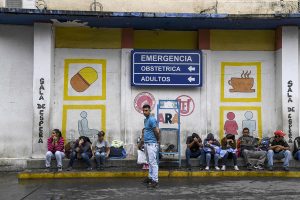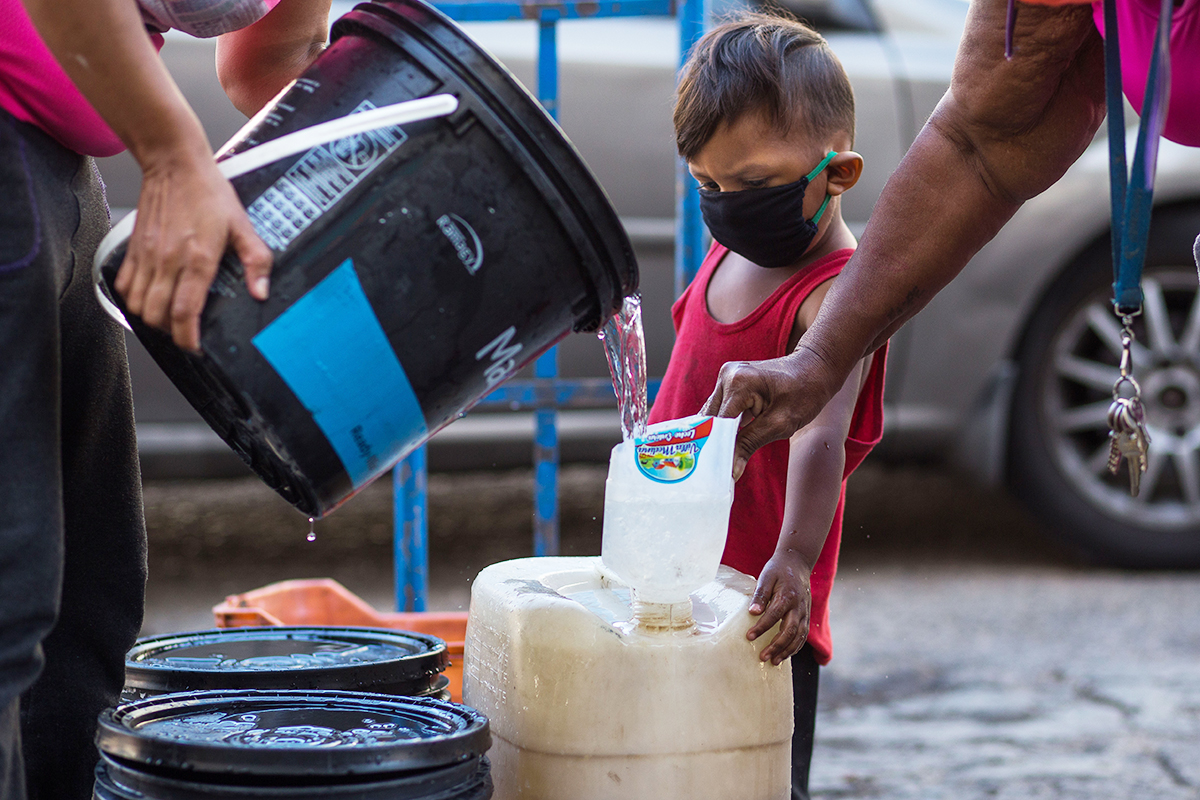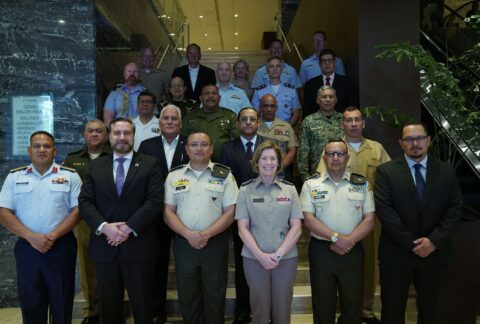Mayerling Oropeza had her last race on Sunday, March 1. The 50-year-old cyclist and web designer was run over on a road east of Caracas, when she was heading back home after participating in an event known as BiciRock. The driver fled the scene and left her on the street.
Although the Metropolitan Polyclinic Hospital was only a block away from the accident, the bystanders who helped her took her to Domingo Luciani Hospital, further away, said Ernesto Linzalata, a friend of the cyclist.
Oropeza’s first diagnosis showed that she had severe trauma in her skull, and that an X-ray was needed to know the extent of the injuries.
“The Luciani’s [Hospital] scanner was not working. There was no ambulance service either. So I arranged with some friends to hire a [transport] service to take her to a clinic,” Linzalata said.
They were able to gather the $150 that the private ambulance service charged, a cost equivalent to 50 minimum monthly salaries in Venezuela.
“When we were in this clinic, there was a power outage, and they couldn’t do the scan there either. We were going to take her to another hospital, but her condition was so serious that we decided to go back to Luciani,” Linzalata said.
Oropeza died in that hospital on March 2.
Her case shows how fragile the hospital care system is in Venezuela’s capital, as well as in the rest of the country. According to the Ministry of Health, Domingo Luciano Hospital is a “flagship” health care center in the Capital District, meaning it has the best equipment, and has more resources and medical staff.
Linzalata doesn’t know whether his friend would have survived had she received the necessary care in a timely manner. Yet Venezuela’s public health care centers operate amid great precariousness.
The conclusion was among those Doctors for Health, a Venezuelan organization, reached in January in its National Survey of Hospitals, lead by doctor Julio Castro, a specialist in infectious diseases.
According to the survey, electric services in hospitals were out for an average of 235.8 hours a week in December. That same month, X-ray services were not operational in 63.87 percent of hospital facilities, while in another 21.85 percent the service was only “intermittently” operational.

With these numbers, hopes to get an emergency diagnosis for Oropeza were scarce.
But X-ray services are vital in the context of a challenge that, according to Castro, the country will have to confront to care for patients infected COVID-19, better known as the coronavirus.
Complex emergency
María Graciela López, head of the Venezuelan Society of Infectious Diseases, , said that a “complex humanitarian emergency” is developing. The United Nations Food and Agriculture Organization defines this situation as a crisis that is usually the result of a combination of political instability, conflicts and violence, social inequalities, and underlying poverty.
Complex humanitarian emergencies stem from the government’s actions or omissions, and render the state unable to fulfill its main missions in areas such as health, food provision, and citizen security.
“The coronavirus presents complications with pneumonia, especially in patients over 65, and both X-rays and lab tests are needed. And both are barely working in the country,” López said.
With the arrival of this disease, classified as a “pandemic” by the World Health Organization, Maduro ordered the creation of a Presidential Commission for the Prevention of COVID-19, and appointed Executive Vice President Delcy Rodríguez as its leader. The head of the Venezuelan Medical Federation, Douglas León Natera, has doubts about Rodriguez’s ability to make decisions on public health issues.
“Success is unlikely. The Health Minister [Carlos Alvarado] may not be a good fit either. He declared himself incompetent during a meeting we held two years ago,” he said.
León Natera said that patients infected with the coronavirus must be admitted to hospitals’ intensive care units, where they will have to be intubated. But “these units are not operational in half of the hospitals,” he said.
Sentinels
On March 9, the Ministry of Health gathered representatives of the country’s scientific societies at the Rafael Rangel National Hygiene Institute, located at the Central University of Venezuela. There, the ministry informed them about the protocol to assist coronavirus-infected patients. Due to the hospital crisis, the government chose to concentrate available resources and those allocated through the Pan American Health Organization in 39 facilities dubbed “sentinels.”
Upon reviewing the list, León Natera noted that the government had chosen a closed hospital to assist patients from Caracas, referring to the health care facility in Coche.
Another aspect that remains unclear in the protocol set by the government has to do with the steps potentially infected patients have to follow after their admission at sentinel hospitals, López said.
“In the so-called ‘respiratory route’ these patients will follow, they won’t be able to have contact with other people, for example, in emergency room areas. Also, there must be an adequate allocation of materials, such as N95 masks,” she said.
Another factor has to do with issues concerning transport services for patients, especially when long distances have to be traveled to reach sentinel centers. According to López, the delay will increase the risk of exposure to others.









